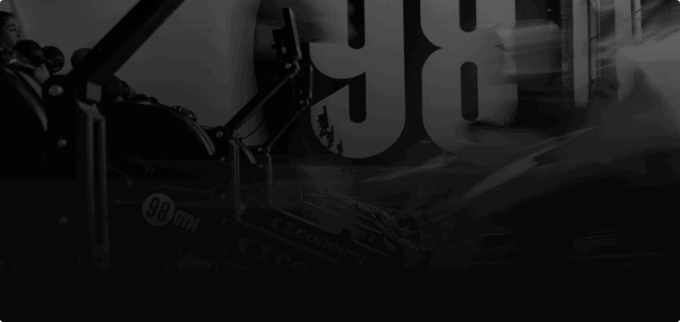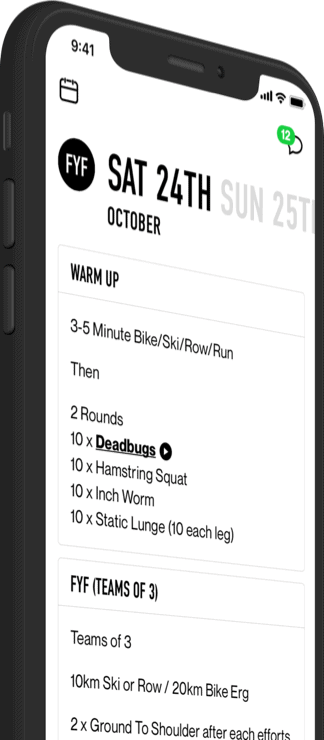When people say ‘anything is possible’ I don’t know if this is quite what we were all hoping for. We are in a time of unparalleled upheaval with no apparent end goal. That is hard, and it might be that right now, you have absolutely no interest in looking at your nutrition. And to that, I would say ‘fair enough’. However, if staying on top of your training and nutrition is something you think you would like to dedicate some bandwidth to in order to keep with routine and for general health, then here are some points you might find useful to consider.
So, what do you need to consider changing up with your nutrition to match changes to your training?
Account for a reduction in incidental exercise
The disruption to training may be slight for some and massive for others, depending on what access they have to equipment and training facilities while socially distancing. If you are lucky enough to have a home gym set up or have been able to borrow equipment to get through the gym shut down, then it may be that you only need to make a few tweaks to take into account changes to incidental exercise while working from home. In this scenario, where you are still able to lift weights and training on equipment at a high intensity (as long as you stay consistent and set yourself targets), the only adjustment may be accounting for a potential decrease in general daily activities like walking to work, walking around the office, etc. Incidental exercise accounts for ~5-10% of our daily energy output. If you are now working from home, it’s likely that your step count is going to be significantly less. So, for someone who habitually eats 2200 calories of food, this would mean looking at reducing energy intake by between 110-220 calories per day to stay weight neutral now that you are working from home. However, if you are relying on bodyweight training and walking/running, you may need to adjust a bit further.
Account for change in training volume, frequency, and intensity
Planned exercise usually contributes to ~10% of your daily energy expenditure, depending on the type of training and the duration of the session. If you are going from 6 high-intensity sessions a week to 4 bodyweight sessions, it’s worth estimating a further decrease in energy expenditure. Say on average you expended ~450 calories* in a 30-45 minutes high-intensity weights or cardio session 6 times a week that’s 2700 calories expended across the week. If this has changed to 4 low to moderate intensity sessions burning ~300 calories in a 30-45-minute session, that’s 1200 calories expended across the week. This leaves you with a weekly decreased energy expenditure of ~1500 calories or an average of 214 calories per day. If you combined this with a reduced incidental exercise expenditure of 100-200 calories, your total decrease in expenditure would be 300-400 calories per day. This is quite significant if sustained for a long period of time and is likely to lead to changes in body composition, so it is worth taking the time to calculate a rough change in dietary intake that you might need to make.
*These are all rough approximations, if you have access to wearable technology and know your usual energy outputs in a session, you can better estimate how your change in training impacts your energy your outputs.
Focus on maintaining muscle with a reduced training stimulus
Muscle maintenance occurs when the rate of loss is equal to (or greater than) the rate of muscle breakdown. Two key factors for muscle maintenance and gain are:
- Resistance training (weightlifting)
- Protein intake
Research shows that muscle protein synthesis is greatest in the period after resistance training and when the powers of these two factors combine, we get the optimised rates of muscle mass gain. So, when one of these factors is missing (or abruptly taken away), what can be done to maintain lean mass? Well, reduction in muscle mass (also known as atrophy) occurs due to a reduced rate of muscle protein synthesis as a result of the stimulus (resistance training) being removed. However, the good news is that dietary protein also stimulates muscle protein synthesis. Looking at the research on the management of body composition for injured athletes, it is possible to make inferences on how to manage this current scenario (strangely I found no research on maintaining muscle mass when gyms suddenly get closed down as a result of a pandemic…could be an area for further investigation). Research indicates that by maintaining or increasing protein intake (for an athletic population we are looking at 1.6-2g/kg body weight daily) and evenly distributing the protein in ~40g serves in meals across the day that we can restrict the loss of muscle mass during periods of reduced training volume. This may be done with fresh protein-rich foods, however, given the reduction in the availability of many fresh meats, eggs, and poultry due to panic buying, whey protein stands to be a very useful and shelf-stable addition to daily protein intake which you might include 1-2 times a day for this period. And don’t forget other plant-based sources of protein from legumes, tofu, and whole grains will also contribute to total daily protein intake and are readily available.
Pay attention to your diet quality
Now is a great time to review the overall, and habitual, quality of your diet. I mention habitual quality because, while there are certain foods that are known to have benefits for immune function if you are only consuming these foods on occasion, the impact may not be remarkable. The nutrients in foods are of benefit to our body when provided regularly and, generally, via lower doses than you may think. Once off mega-doses are in most cases of little value (unless a medically diagnosed, frank deficiency exists). So, the benefits of that one-week salad kick in January have probably worn off by now. Immune function is a hot topic right now and many people are on the hunt for the one ‘super food’ or supplement that will ‘boost’ their immune function. Here, the sentiment remains the same, in order to benefit, even with supplementation, we need to be consistent. Immune function is of the utmost importance for maintaining health generally and for reducing downtime from the gym, where attendance has already been compromised, it would be smart to use any extra time you may have acquired from reduced transit time to prepare more food from home using healthy unprocessed ingredients to boost your intake of micronutrients. Look up some healthy recipes and practice cooking up batches of healthy meals which you can have on hand for lunches at home or freeze for later.
Where possible it can feel good to take control of the things that you can influence. You may not get ‘perfect’, but I haven’t met many people who do get a clear run when they are trying to change up their nutrition or when training for an event. The people who maintain healthy habits year-round are the ones who have established routines and habits and who look for the next best option when things don’t go to plan, rather than throwing the whole plan out. So, while it might not be the perfect time to make changes to your diet, if you can get into a good routine under these circumstances, imagine what you can do when things get back to a more normal pace?









